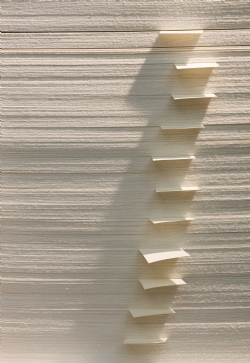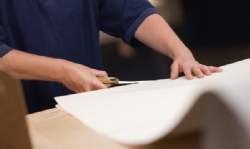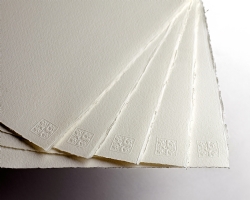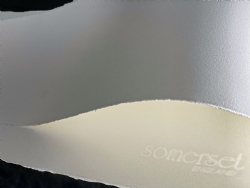St Cuthberts Mill Paper
Call or email:
+44 (0)1749 672015
sales@stcuthbertsmill.com
St Cuthberts Mill Paper
Watercolour
Printmaking
Digital Fine Art
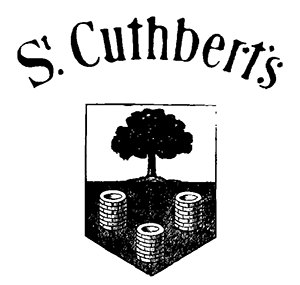
Beauty of Deckle Edges
Do you love seeing a deckled edge on paper? Seeing a whole batch of paper with exquisite deckle edges exposed is near irresistible to touch. Beautiful to view and highly tactile. Finding deckle edges on a sheet is an excellent indication that you are looking at a high quality piece of paper.
Deckle edges and the name ‘deckle’ are steeped in history and come from the era of handmade paper. The term originates from the name of the equipment used to make handmade paper, where a ‘mould’ and ‘deckle’ are dipped into a vat of pulp to make the sheet. The mould is the wire mesh, whereas the deckle is the frame that fits snugly over the mould. They are two pieces of equipment, with the deckle frame being removed to allow the papermaker to press the newly formed paper onto a felt blanket to create the sheet.
This handmade process creates sumptuous, ragged edges on all four edges of the sheet, with the ‘deckle’ frame giving its name to the edges with the term ‘deckle edges’.
At St Cuthberts Mill we make two ranges with deckle edges, with our SOMERSET printmaking range of papers, and our SAUNDERS WATERFORD series of watercolour papers. The way we make them, using a mechanised process on a mould machine, takes time and skill by our papermakers and finishing team. On a mould machine we create two of the edges by letting them form naturally on the side of the wire covered cylinder that rotates slowly inside the vat of pulp, with these edges looking like the ragged deckle edges found on handmade paper.
How are deckle edges made on a paper machine?
Paper made on a mould machine is made slowly in large reels continuously. The side of the reel has a natural deckle edge formed where the papermakers tape the edge of the cylinder mould cover to determine the width of the sheet. This is done by hand involving lots of measuring and calculations, as the paper shrinks between the ‘wet end’ and ‘dry end’ of the paper machine. This taped edge beautifully emulates the deckle edge found on handmade papers.
How are 4 deckle edge paper made?
As two of the deckles are made on the paper machine, the other two are torn by hand. At St Cuthberts Mill, we have a highly skilled team who carefully tear each sheet by hand. There is a row of ‘splitting benches’ where the finishing team have a reel of paper and carefully tear each sheet by splitting it with a specially made blunt ‘knife’. This is done by hand to create two torn edges to accompany the two natural deckle edges. These edges are either called 2 deckle/2 torn edges or 4 deckle edges.
How is the paper perfectly torn to the right size?
There is a ‘tear strip’ on the wire mesh of the mould cover when the paper is made, this allows the paper to form thinner at this point, just like a watermark. The paper forms thinner across this line, so it naturally folds at this point ready for the ‘splitting team’ to tear the paper.
Checking the quality
Whilst the paper is being hand split from a reel into individual sheets, the finishing team are visually checking every single sheet for imperfections.
Why do some printmaking and watercolour papers come with deckle edges?
It is important artist papers look attractive to accompany the artwork produced on them. With printmaking and watercolour, the paper becomes a part of the artwork. Full imperial size pieces of work, with their deckle edges showing, look amazing float framed.
Deckle edges are an attractive feature we put on our artists papers. They are a great indicator for an artist to know that the paper they are holding is high quality.
Watch artist Varsha Bhatia (www.varshabhatia.co.uk) on our YouTube channel seeing how St Cuthberts Mill makes deckle edges.
https://www.youtube.com/watch?v=NGdHP6Tp1x8

